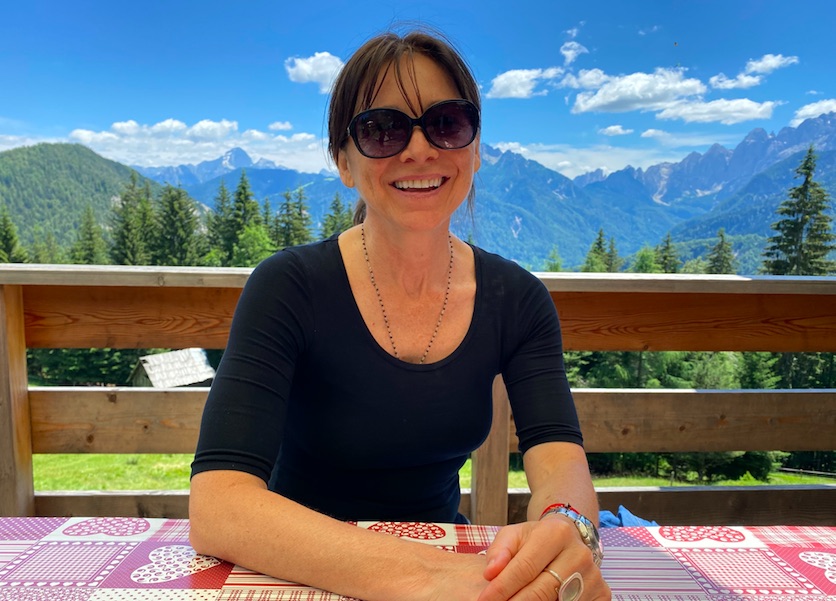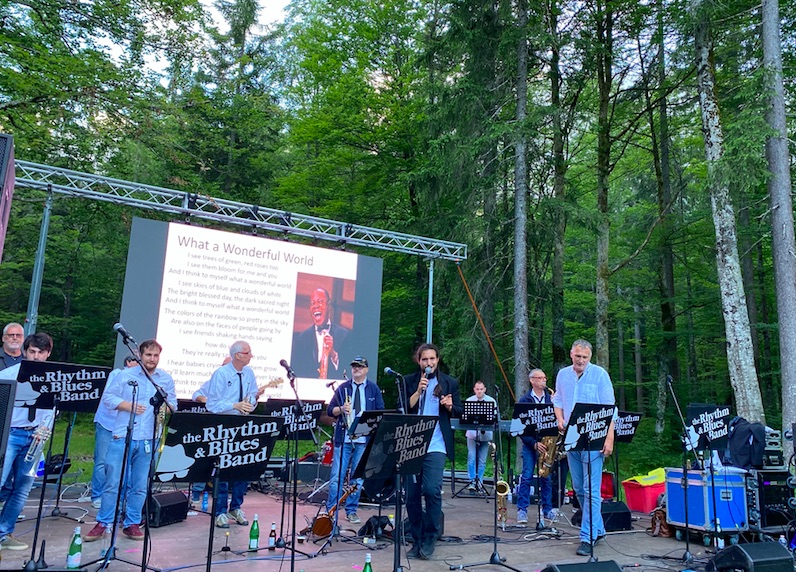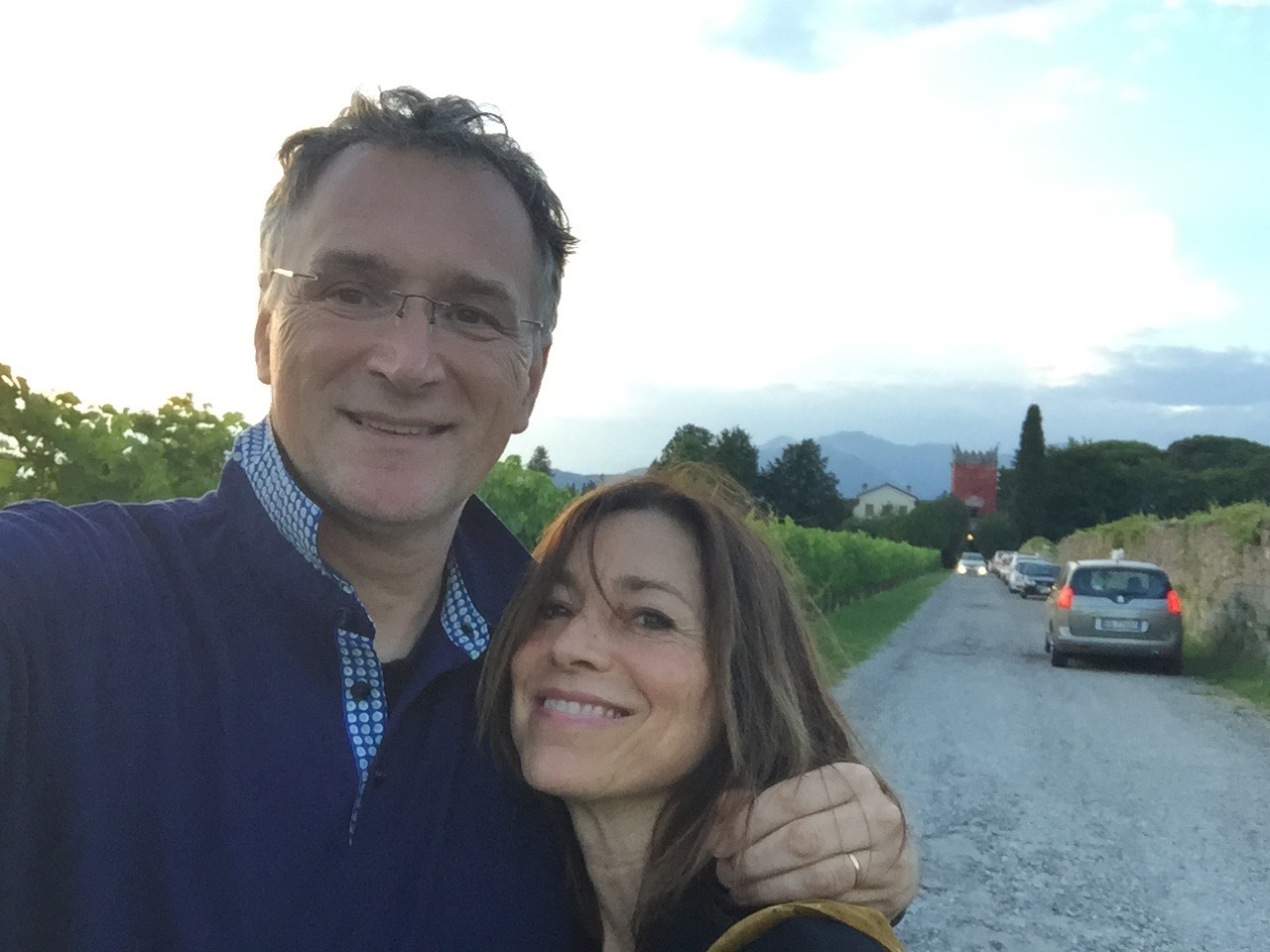A small group of elementary school children, young researchers, teachers, and senior scientists gathered socially-distanced to meet peers online for a week in the stunningly region of Friuli Venezia Giulia. The region is situated in the northeast of Italy bordering Austria, Slovenia, and the Adriatic Sea. It is home to the sharp-peaked magnificent Dolomite Mountains.
impactmania asked the founders of the science and humanities event, Paola and Mauro Ferrari, about NanoValbruna, Italy.
Why NanoValbruna?
We had dreamt about an Edition of NanoGagliato in Friuli Venezia Giulia (FVG) — our home region — for a long time. When some motivated stakeholders from the small town of Valbruna came along, things happened very quickly. Given the particular geographical context, and the specific sustainability issues of the area, the choice was easy to launch the Green Edition of the Accademia di Gagliato. It would take place in beautiful Valbruna, scheduled for late August 2020. The COVID-19 pandemic threw all plans up in the air. Who would have thought that the drive and enthusiasm of the NanoValbruna Team could allow the event to go on anyway. Not only more than a month in advance of the original date, but also in a hybrid format that afforded us a terrific experience, both in content creation and community engagement. In sum, the reason ‘why’ NanoValbruna, lies in the commitment, hard work and persistence in face of a global pandemic, of Annalisa, Francesco, Martina, Francesca, Tiziana, Gabriella, Massimo, Marina, Paolo, and so many others that shared the vision of the Accademia di Gagliato Globale. They committed a great deal of their time and energies to replicate its magic in their wonderful community in the Friulian Alps.
You co-founded NanoGagliato as a husband- and wife team. What are some of the learnings you can provide to other life partners who are in ventures together?
#1. However distant the respective fields of expertise and interest — in our case, Science vs. International Affairs — there are always projects where each other’s passion and purpose can merge and create something unique and impactful.
#2. Let serendipity open up avenues for new common ventures, at the most unexpected times, in the most unexpected situations. The choice to buy a summer home, in the little town of Gagliato, Calabria, was the unlikely beginning of the Accademia di Gagliato venture.
#3. Inevitably, you’ll bring your professional self to the common venture. If you both happen to be Alfa people, make sure to know how to harmonize your workways and performance expectations with respect to each other! This is crucial to allow for the most important lesson of a joint venture…
#4…Keep it fun and passionate! It’s good for the couple, and best for the impact you can achieve.

Paola Ferrari during the NanoValbruna Festival 2020
What is most misunderstood about science? And scientific research?
Scientific truths are established by predictions that are reproducibly verified, in suitable contexts. There are very few absolute certainties in science; most scientific statements take the form of probability predictions. This is particularly true in areas where the underlying governing laws are nonlinear, and there are many variables, especially if these cannot be suitably measured. Thus, medicine, epidemiology, economics, climatology can at best give general indications of probability, which in themselves are quite useful, indeed. I believe that scientists should always clarify whether they are expressing scientific truths, probabilities, or personal opinions, especially when addressing matters of public interest, such as the current pandemic. The opinion of a scientist, however capable, is not “science” in-and-of-itself. Only data, verifiable statements, and reliably verified predictions qualify as “science”. Unfortunately, in the current COVID pandemic, very little, next-to-nothing of science has been offered to the public attention. In its place, a vast multitude of opinions have been provided, and have often been used as the basis for policy decision.
What are some of the avenues to better utilize work in academia to impact communities? How do we improve the findings to entrepreneurs/companies and the public-at-large?
Academia is where novel ideas are forged and new intellectual frontiers are advanced. If the brain power that fuels such endeavors remains confined within academia’s walls, it’s wasted. Great ideas are those that get translated in positive actions that alleviate people’s problems. All initiatives aimed to bridge the gap between scientists and experts, business leaders and the public-at-large are true accelerators of change. Bringing all the stakeholders together is the first step in the most necessary process of co-creation of innovative and effective solutions for this ailing world.

Mauro Ferrari (r) weaving science and humanities set to music during the NanoValbruna Festival.
What is next for you and the festival?
Our ambition is to see the Gagliato and Valbruna experiences reproduced in as many communities as possible, in as many diverse and distant settings as possible. Unfortunately, as the Goalkeepers Report by the Bill and Melinda Gates Foundation tells us, in 25 weeks of the COVID-19 crisis, the world’s development regressed of 25 years. Underserved and underprivileged communities and populations have experienced set-backs on many crucial milestones, in particular education and opportunities for the young generation. The Accademia di Gagliato model aims to close the inequality gap in opportunities by engaging the scientific community with those communities to provide inspiration, support and roadmaps out of poverty through science and technology.
